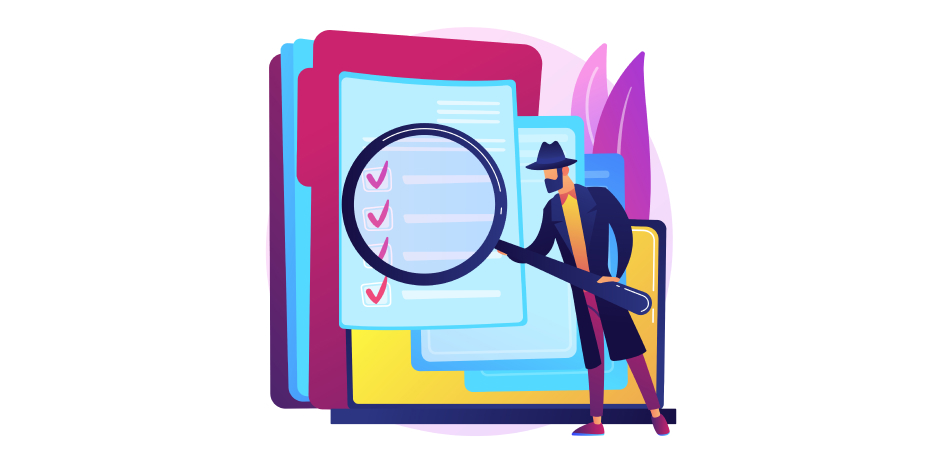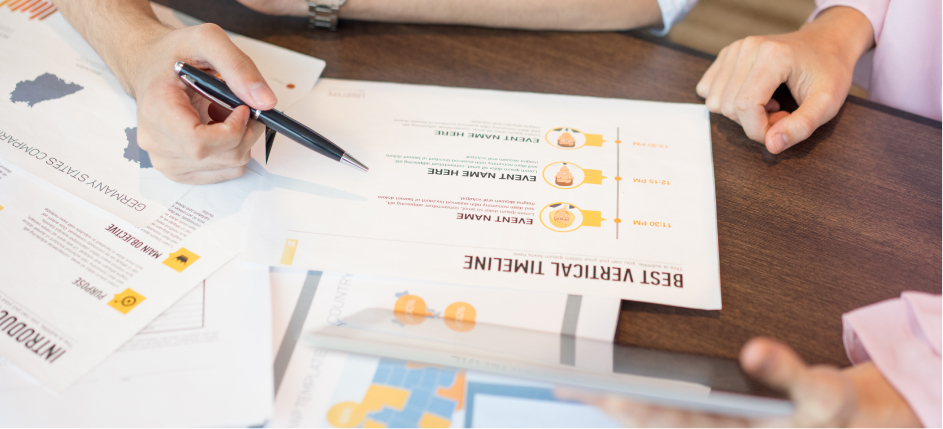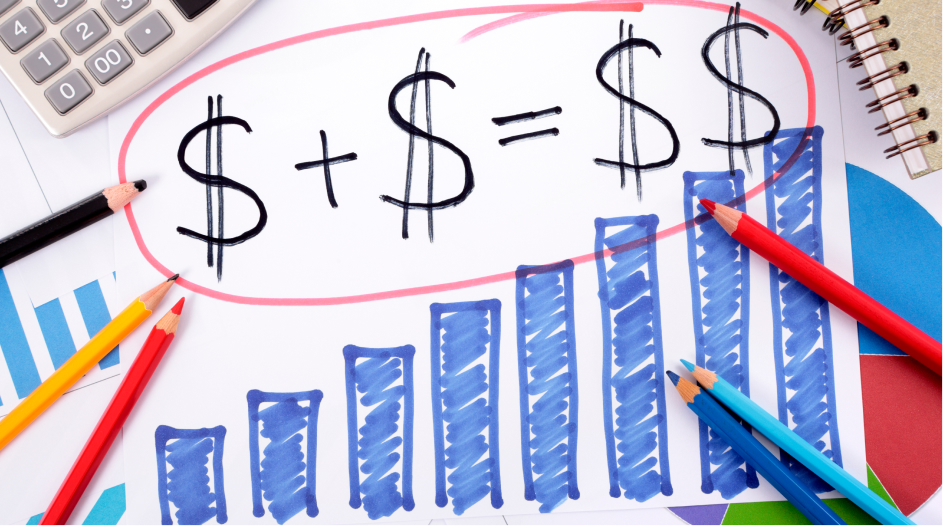
Crafting a Winning Freelance Proposal
Stepping into the freelancing arena often comes with a blend of exhilaration and apprehension. It’s a realm where your skills and expertise are your currency. Yet, before you can showcase your prowess on a project, you must first win the project—and that’s where a well-crafted Freelance Proposal comes into play. Your proposal isn’t just a bid for a job; it’s your chance to shine, to show prospective clients not just what you can do, but how you can solve their problems and add value to their endeavors.
Significance of a Freelance Proposal
In the digital freelancing frontier, a proposal is your digital handshake, your eye contact, and the tone of your voice all wrapped into one document. It’s the first impression you’ll make, and as the old saying goes, you only get one shot at a first impression. A freelance proposal is your opportunity to stand out amid a sea of proposals, to resonate with the client’s needs and to pave the way for a fruitful working relationship.
Overview of Key Elements in a Winning Freelance Proposal
Crafting a compelling proposal is akin to creating a tailored resume and cover letter all in one. It needs to encapsulate the Client Needs, highlight your Relevant Experience, provide a detailed Scope of Work, lay out the Timeline and Deliverables, and elucidate the Pricing and Payment Terms. Each of these elements plays a vital role in informing and reassuring clients about your suitability and enthusiasm for the project at hand.
Purpose of the Article
This article endeavors to be your compass in the journey of crafting a winning freelance proposal. Through the maze of client expectations, project deliverables, and pricing negotiations, this guide aims to provide a clear pathway towards constructing a proposal that not only showcases your capabilities but also resonates with potential clients, significantly enhancing your chances of clinching the project.

Understanding Client Needs
Your freelance proposal is a response to a client’s call for help. It’s essential to comprehend the issues they are facing, the solutions they seek, and the goals they aim to achieve. A proposal that echoes the client’s needs not only stands a better chance of winning but also lays the foundation for a positive working relationship.
Researching Client Requirements
Kickstart your proposal crafting process by immersing yourself in understanding the client’s needs. Dive into the project description, research the client’s industry, explore their competitors, and if possible, have a conversation with the client to grasp the nuances of their requirements. The more insight you have, the better you can tailor your Winning Freelance Proposal to align with their expectations.
Aligning Proposal with Client Expectations
With a thorough understanding of the client’s needs, tailor your proposal to mirror these requirements. Highlight how your services are the key to solving their problems or adding value to their project. Ensure that your proposal reflects a deep understanding and a genuine willingness to fulfill these expectations.
Addressing Client Needs in Your Proposal
Your proposal should serve as a mirror, reflecting the client’s needs and showcasing how your services are the solution. Tailor this section to echo the client’s language, concerns, and aspirations, building a narrative that resonates with them.
Showcasing Relevant Experience
Your journey, your past projects, and your acquired skills are tales waiting to be told. They are reflections of your expertise, reliability, and your ability to deliver. In this section, we delve into how to present your journey in a manner that resonates with the client’s needs and project requirements.
Detailing Past Projects
Dive into your archives and pull out projects that resonate with the client’s industry or the project at hand. Detail the challenges faced, the solutions provided, and the impact created. Let the client see the narrative of success and reliability that runs through your past engagements.
Demonstrating Skills and Competencies
Your skills are your tools in this freelancing arena. Highlight them through real-world examples, showcasing how your skills have translated into successful project completions, satisfied clients, and tangible results.
Tailoring Experience to Client Needs
Ensure your experience narrative is not a one-size-fits-all. Tailor it to align with the client’s needs, showing them how your journey makes you the perfect fit for their project. Every line, every example, every result highlighted should echo the client’s project requirements, painting a picture of a seamless fit.

Defining the Scope of Work
The Scope of Work is the backbone of your proposal. It’s the section where you delineate what you intend to do, how you plan to do it, and the way you will measure your success. Crafting a clear scope of work is essential for setting the right expectations and ensuring there's a mutual understanding between you and the client.
Breaking Down Project Deliverables
Each project is a journey from point A to point B, with various milestones along the way. Break down the project into digestible chunks of deliverables. Detail what each deliverable entails, why it’s important, and how it contributes to the overall project goal. This breakdown not only provides clarity but also showcases your organizational skills and thorough understanding of the project.
Setting Clear Objectives
Objectives are the stars you navigate by. Set clear, measurable, and achievable objectives for each phase of the project. It shows your professionalism and provides a roadmap towards project success. It also gives your client a clear understanding of what to expect and when to expect it.
Identifying Potential Challenges and Solutions
Every project has its set of challenges. Anticipate potential hurdles and propose solutions. This foresight not only reassures the client of your problem-solving abilities but also showcases your proactive approach and readiness to tackle challenges head-on.

Setting the Timeline and Deliverables
A well-thought-out timeline is a reflection of your organizational skills and your understanding of the project’s complexity. It also sets the pace for the project, ensuring everyone is on the same page regarding deadlines and deliverables.
Developing a Realistic Timeline
Draft a timeline that’s realistic and achievable, factoring in all steps of the process from brainstorming to delivery. Be honest and transparent about what’s achievable within the given timeframe. It’s always better to under-promise and over-deliver.
Defining Milestones and Checkpoints
Milestones are significant checkpoints that signify progress. Define clear milestones that are in sync with the project deliverables and provide an opportunity for client feedback. This iterative process ensures that the project stays on track and aligns with client expectations.
Ensuring Timely Deliverables
Discuss your strategy for ensuring timely deliverables. Whether it’s using project management tools or having regular check-ins with the client, outline how you plan to stay on schedule and keep the client informed of the progress.
Discussing Pricing and Payment Terms
Money talks can be tricky, yet they are crucial for setting a clear understanding between you and the client. Transparency and fairness should be the guiding principles as you outline your pricing and payment terms.
Pricing Your Services
Be clear, fair, and transparent when pricing your services. Break down the costs so the client understands what they are paying for. Whether you charge hourly or per project, provide a clear breakdown of the costs involved, ensuring there are no hidden charges or surprises down the line.
Outlining Payment Milestones
Payment milestones tied to project milestones are a fair way to ensure you get paid for the work done, and the client sees progress. Outline clear payment milestones, and explain how they align with the deliverables and the overall project timeline.
Addressing Additional Costs and Expenses
Be upfront about any additional costs or potential expenses that might arise during the project. Whether it’s potential overtime charges, costs for additional resources, or other unforeseen expenses, transparency here can save you from misunderstandings and disputes down the road.

Utilizing a Freelance Proposal Template
The idea of starting from scratch for every proposal can be daunting, especially when you have multiple pitches to send out. A Freelance Proposal Template can be a beacon of efficiency in such scenarios. It ensures that you don’t miss out on including any crucial information while saving you time.
Advantages of Using a Template
A template is like having a map in the wild terrain of proposal writing. It provides a structured format, ensuring all essential points are covered. It’s also a massive time-saver, especially when you have multiple proposals to send out. Besides, a well-designed template portrays a level of professionalism that can set you apart from other freelancers.
Customizing the Template to Suit Your Project
While templates provide a solid foundation, customization is key to making the proposal resonate with the client’s specific needs and project requirements. Tailor the template to suit the specifics of the project, infuse it with your unique style, and ensure it reflects the client's brand and language. A customized proposal demonstrates your genuine interest in the project and your willingness to invest effort right from the get-go.
Presenting a Professional and Organized Proposal
A well-organized, professionally presented proposal speaks volumes about your attention to detail and your professionalism. It sets a positive tone, demonstrates your organizational skills, and reassures the client about your capability to handle the project efficiently.

Structuring Your Freelance Project Proposal
The structure of your proposal is like the framework of a building—it holds everything together. A well-structured Freelance Project Proposal not only enhances readability but also makes a strong impression on the client.
Organizing Information Effectively
Ensure your proposal is organized logically and clearly. Use headings, subheadings, bullet points, and graphics to make your proposal easy to skim and understand. Arrange the information in a flow that guides the client through your proposal, making it a pleasant read rather than a daunting task.
Maintaining Clarity and Coherence
Clarity and coherence are your best friends when it comes to proposal writing. Ensure your proposal flows well, with each section naturally leading to the next. Avoid jargon, and ensure your ideas are articulated clearly and coherently, making it easy for the client to grasp your proposition.
Adding a Personal Touch
Inject some personality into your proposal. Let your enthusiasm for the project shine through. Share why you are excited about the project and why you are the right fit. Personal touches can create a connection, making your proposal memorable.

Tips for a Winning Freelance Proposal
Crafting a Winning Freelance Proposal is an art blended with a bit of science. It’s about resonating with the client’s needs while showcasing your unique value proposition.
Differentiating Yourself from the Competition
In a sea of proposals, what makes yours stand out? Highlight your unique strengths, past successes, or any other differentiators that set you apart from the competition. It could be your approach, your past results, or even your passion for the project at hand.
Seeking Feedback and Continuous Improvement
Don’t hesitate to seek feedback on your proposals, especially if you are new to freelancing. Learn from any rejections and continuously improve your proposal crafting skills. Each proposal is a learning opportunity that brings you one step closer to mastery.
Keeping the Proposal Engaging and Client-Centric
An engaging, client-centric proposal is more likely to capture the client’s attention and win the project. Keep the focus on how you can solve the client’s problems and add value to their project rather than just showcasing your skills and past work.

Freelance Proposal Essentials Checklist
As you edge towards the conclusion of your proposal, it's pivotal to ensure that all the key elements have been covered. A Freelance Proposal Essentials Checklist acts as a final sweep to ensure your proposal is well-rounded, comprehensive, and ready to make a stellar impression.
Key Takeaways
Summarize the key points of your proposal, creating a snapshot of what you are offering. This section should encapsulate your understanding of the client's needs, your proposed solution, the timeline, and the pricing. It's a quick reference guide for the client to recall the core propositions of your proposal.
Checklist for Crafting a Winning Proposal
Include a checklist of all the essential elements that have been covered in your proposal. This acts as a self-assessment tool ensuring that nothing crucial has been left out. It could include points like understanding client needs, detailing the scope of work, setting a realistic timeline, pricing, and customization to suit the project.
Encouragement to Tailor Each Proposal
Each client and project is unique, and so should be your proposal. Encourage the readers, possibly other freelancers, to tailor each proposal according to the specifics of the project and the client's requirements. Share the importance of customization in resonating with clients and improving the chances of winning projects.
 Mark Petrenko
Mark Petrenko 
